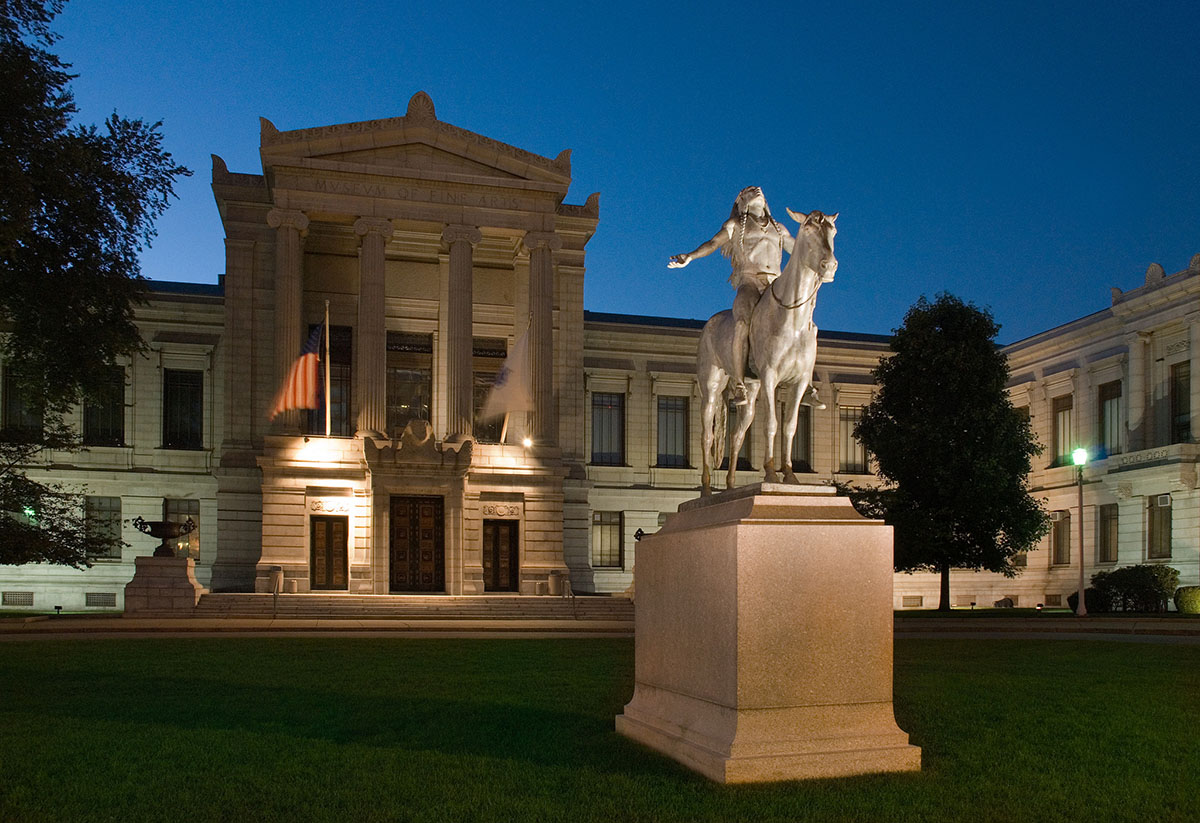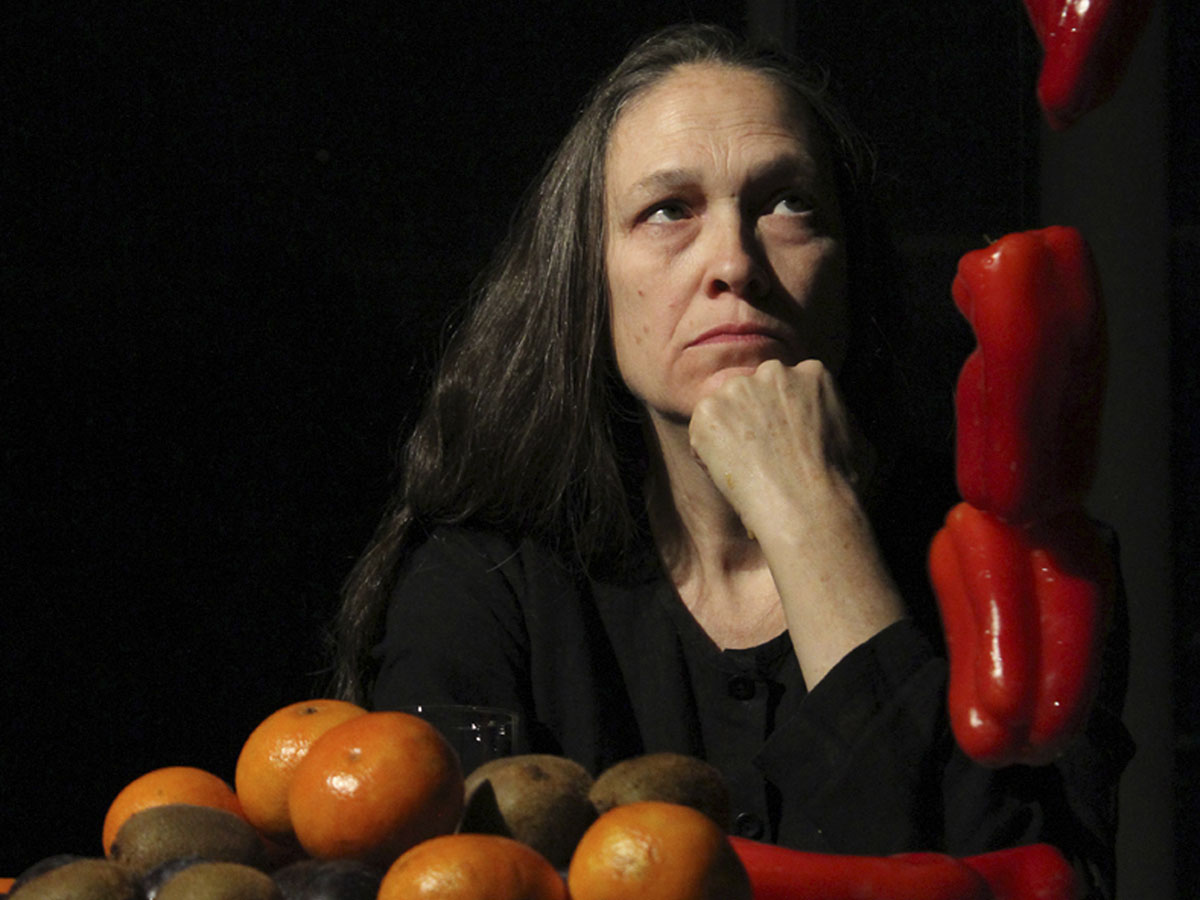Best of Boston All-Stars: What’s New at the Museum of Fine Arts
Welcome to Best of Boston All-Stars, a series that takes a closer look at what’s new at longtime Best of Boston favorites.
 MFA photo by Massachusetts Office of Travel & Tourism on Flickr
MFA photo by Massachusetts Office of Travel & Tourism on Flickr
MFA photo by Massachusetts Office of Travel & Tourism on Flickr
Though it’s difficult to imagine a Boston without a Museum of Fine Arts, our city did not always have this cultural temple.
In 1870, a group of 12 Boston Brahmins summoned the museum into existence. The MFA’s first home was a parcel of land in the Back Bay neighborhood that had recently had been transformed from swampy marshlands; once its collection started to overspill its confines, the institution took root in Fenway soil that had previously been used for circuses and rodeos.
In the intervening decades—the MFA celebrates its 140th anniversary of being a brick-and-mortar institution in 2016—the museum has evolved from into something almost unrecognizable from its stuffy upper-crust beginnings. Now it’s a place where even the lowliest plebes can enjoy its Homers and Sargents, stroll its gardens, and take home a highbrow trinket from its gift shop.
For a 145-year-old, the museum is surprisingly spry, revealing some of its most radical changes in the new millennium. As we wrote in 2011, when the MFA won its 14th Best of Boston award:
Boston’s foremost art museum has it all: mummies and amphorae, French impressionists, and abstract expressionists. The jaw-dropping highlight, however, is the Arts of the Americas Wing, opened in fall 2010, which has taken many pieces formerly displayed in dark basement galleries and given them space to breathe in a brightly lit, glassed-in viewing area. The galleries themselves are nearly as inspiring as the art they feature.
This year has been a particularly noteworthy one for the MFA, as museum director Malcolm Rogers—who oversaw the Art of the Americas renovation—ended a 21-year career by passing the scepter to a new successor.
“Rogers opened the museum’s doors; made strides in diversifying its collection and audience, if not its board and staff; and oversaw 102 new or renovated galleries and a refurbished building,” we wrote in September article “Malcolm Rogers Has Left the Building.” “And he also leaves a significant question in his wake: Can the MFA prosper without him?”
It’s too soon to know what the future holds for an MFA under the leadership of new director Matthew Teitelbaum.
But what we do know is that 2015 has been a boundary-pushing year, and shows no signs of letting up: “Performance art was regularly integrated into the museum’s hallowed gallery spaces; it maintained a consistently edgy and eclectic film program; and then, as a capper, it launched its first-ever mobile app as artwork,” we pointed out in the MFA’s 2015 award for Best Museum.
 Photo excerpted from Marilyn Arsem’s US Domestic Policy II / Courtesy photo by Denis Romanovski via Museum of Fine Arts, Boston
Photo excerpted from Marilyn Arsem’s US Domestic Policy II / Courtesy photo by Denis Romanovski via Museum of Fine Arts, Boston
Those who would decry the museum for being too focused on, say, the Old Masters at the expense of more diverse and local talents may find something of a counterargument in their upcoming fall show, “Marilyn Arsem: 100 Ways to Consider Time.”
The exhibition will not merely showcase Arsem’s work—the exhibition is Arsem herself: For six hours a day, every day, for 100 days, she’ll be in Gallery 261, “inserting her living presence into the Museum.” It’s an apt role for a figure who is in many ways the living embodiment of performance art in Boston.
This year, Arsem won the MFA’s Maud Morgan Prize, an award given to Massachusetts-based women artists in recognition of their esteemed careers. Arsem, whom MFA curator Liz Munsell has referred to as “the godmother of performance art in Boston,” has created over 180 works of performance art since 1975, and as the MFA notes, “in the process she has helped to define the genre itself.”
“It will be one of the first times that we will have had such a long durational performance by one individual, literally embedded within our galleries,” says Edward Saywell, chair of the Linde Family Wing for Contemporary Art.
“I think Marilyn’s work will really be very special—very special, because she’s been a very great proponent of performance art in the Boston area, which is still one of the most vibrant centers for the art form in the country,” Saywell adds. “In the late 1970s, she established an artists’ collective that ultimately was to take the name Mobius, which is still very much alive. And today, Mobius is one of the oldest alternative art spaces in the United States, and it’s still a vital, vital community resource and platform for the development of experimental art. And Marilyn was there from the very beginning.”
Arsem has also shaped innumerable artists’ careers, through her work at the School of the Museum of Fine Arts, where she taught from 1987 until 2014; there, the MFA tells us, she was pivotal in developing its programs for performance art.
“We feel it’s incredibly important for us to be able to represent artists who have studied, lived, and worked within the region,” Saywell says.
When Saywell speaks about the future of the MFA, he speaks about fostering connections—not only between the museum and Boston, but within the museum itself: “It’s the heart and soul of what we want to do,” he says. “It’s both connecting our contemporary galleries back to older works and vice versa, and really seeing some of the very rich conversations that can take place.”
Museum of Fine Arts, 465 Huntington Ave., Boston, 617-267-9300, mfa.org.


